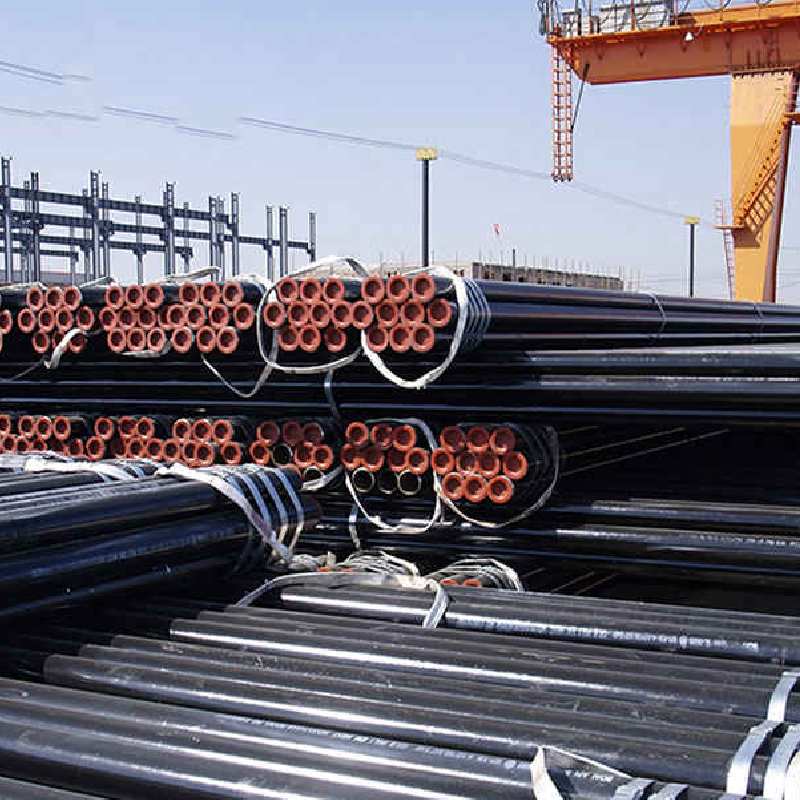-
Cangzhou Yulong Steel Co., Ltd.
-
Phone:
+86 13303177267 -
Email:
admin@ylsteelfittings.com
- English
- Arabic
- Italian
- Spanish
- Portuguese
- German
- kazakh
- Persian
- Greek
- French
- Russian
- Polish
- Thai
- Indonesian
- Vietnamese
- Zulu
- Korean
- Uzbek
- Hindi
- Serbian
- Malay
- Ukrainian
- Gujarati
- Haitian Creole
- hausa
- hawaiian
- Hebrew
- Miao
- Hungarian
- Icelandic
- igbo
- irish
- Japanese
- Javanese
- Kannada
- Khmer
- Rwandese
- Afrikaans
- Albanian
- Amharic
- Armenian
- Azerbaijani
- Basque
- Belarusian
- Bengali
- Bosnian
- Bulgarian
- Catalan
- Cebuano
- China
- China (Taiwan)
- Corsican
- Croatian
- Czech
- Danish
- Esperanto
- Estonian
- Finnish
- Frisian
- Galician
- Georgian
- Kurdish
- Kyrgyz
- Lao
- Latin
- Latvian
- Lithuanian
- Luxembourgish
- Macedonian
- Malgashi
- Malayalam
- Maltese
- Maori
- Marathi
- Mongolian
- Myanmar
- Nepali
- Norwegian
- Norwegian
- Occitan
- Pashto
- Dutch
- Punjabi
- Romanian
- Samoan
- Scottish Gaelic
- Sesotho
- Shona
- Sindhi
- Sinhala
- Slovak
- Slovenian
- Somali
- Sundanese
- Swahili
- Swedish
- Tagalog
- Tajik
- Tamil
- Tatar
- Telugu
- Turkish
- Turkmen
- Urdu
- Uighur
- Welsh
- Bantu
- Yiddish
- Yoruba

Дек . 12, 2024 11:46 Back to list
en 1092 1 pn16
Understanding EN 1092-1 PN16 Standards
When it comes to industrial piping systems, standards play a crucial role in ensuring compatibility, reliability, and safety. One such standard is the EN 1092-1 PN16, which pertains to the design and performance of flange connections in pipeline systems. In this article, we will delve into what EN 1092-1 PN16 encompasses, its significance in engineering and industrial applications, and how it impacts the quality of fluid transport systems.
What is EN 1092-1 PN16?
EN 1092-1 is a European standard that specifies the requirements for circular flanges used in piping systems. The PN in PN16 refers to the nominal pressure rating of the flange, which is rated at 16 bars (approximately 232 psi). Flanges are critical components that allow for the connection of pipes, valves, and other equipment, ensuring that fluids can be transported safely and effectively.
The standard outlines dimensions, tolerances, and materials for flanges, along with the methods of testing and assembly. Flanges conforming to this standard can be made from various materials such as carbon steel, stainless steel, and other alloys, enabling them to suit a wide range of applications, from water supply systems to chemical processing plants.
Importance of EN 1092-1 PN16
Adhering to the EN 1092-1 PN16 standard is crucial for manufacturers, engineers, and end-users for several reasons
1. Safety Ensuring that flanges are manufactured according to standardized specifications minimizes the risk of leaks, failures, and catastrophic incidents. The standard provides guidelines that help maintain system integrity under high pressure and varying temperatures.
en 1092 1 pn16

2. Compatibility EN 1092-1 PN16 ensures that components from different manufacturers can be used together. This interoperability is essential for maintenance and repair, as it allows for the replacement of parts without the need for specialized fittings or custom solutions.
3. Quality Assurance The standard outlines rigorous testing methods to validate the mechanical properties of flanges, ensuring that they can withstand the operational stresses they will encounter. This focus on quality assurance is vital for the longevity and efficiency of piping systems.
4. Cost-Efficiency By adhering to established standards, manufacturers can streamline their production processes and reduce costs. This efficiency ultimately translates to savings for end-users, making it more economically feasible to maintain and expand piping systems.
Applications
EN 1092-1 PN16 flanges are ubiquitous across various industries. In the water and wastewater treatment sector, these flanges help assemble extensive piping networks that convey water safely for treatment and distribution. In the oil and gas industry, they are used in refineries and drilling applications where high-pressure systems are commonplace. Likewise, chemical manufacturing facilities utilize these flanges to handle a range of corrosive substances, ensuring that the flanged connections do not compromise safety or operational efficiency.
Conclusion
The EN 1092-1 PN16 standard is a cornerstone of industrial piping systems, ensuring safety, quality, and compatibility across various applications. By adhering to these standards, engineers and manufacturers can build reliable and efficient systems capable of withstanding the rigors of modern industrial operations. For anyone involved in the design, construction, or maintenance of piping systems, understanding and implementing EN 1092-1 PN16 is not just a regulatory requirement; it's a commitment to excellence in engineering and operational safety.
Latest news
-
ANSI 150P SS304 SO FLANGE
NewsFeb.14,2025
-
ASTM A333GR6 STEEL PIPE
NewsJan.20,2025
-
ANSI B16.5 WELDING NECK FLANGE
NewsJan.15,2026
-
ANSI B16.5 SLIP-ON FLANGE
NewsApr.19,2024
-
SABS 1123 FLANGE
NewsJan.15,2025
-
DIN86044 PLATE FLANGE
NewsApr.19,2024
-
DIN2527 BLIND FLANGE
NewsApr.12,2024
-
JIS B2311 Butt-Welding Fittings LR/SR 45°/90° /180°Seamless/Weld
NewsApr.23,2024











